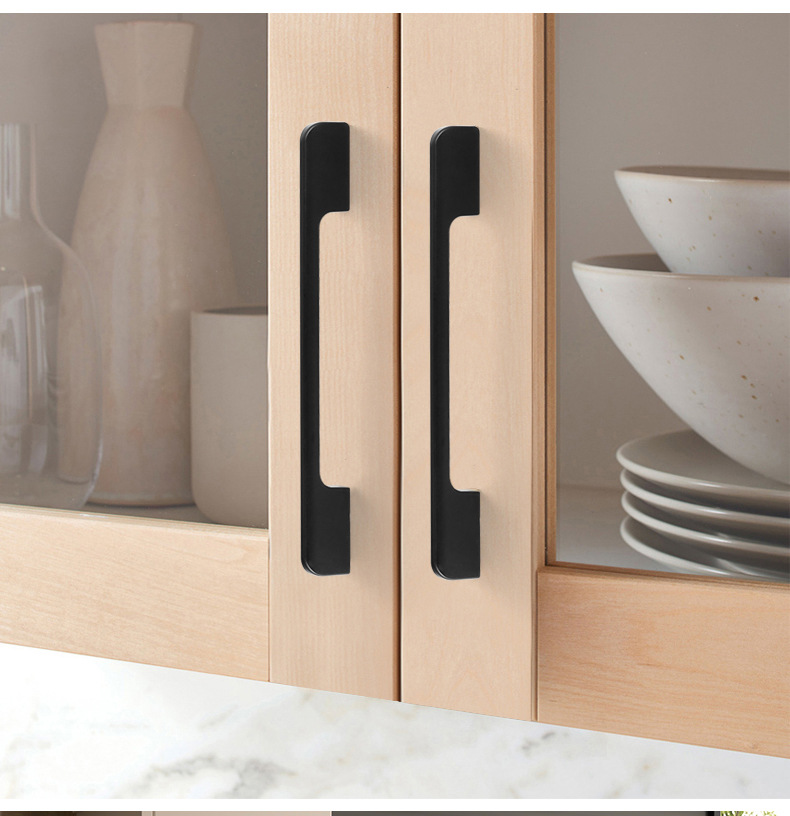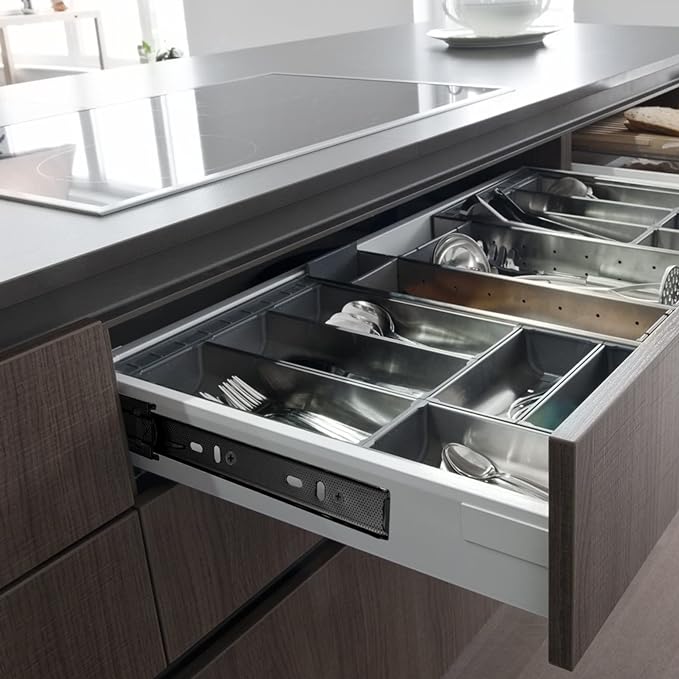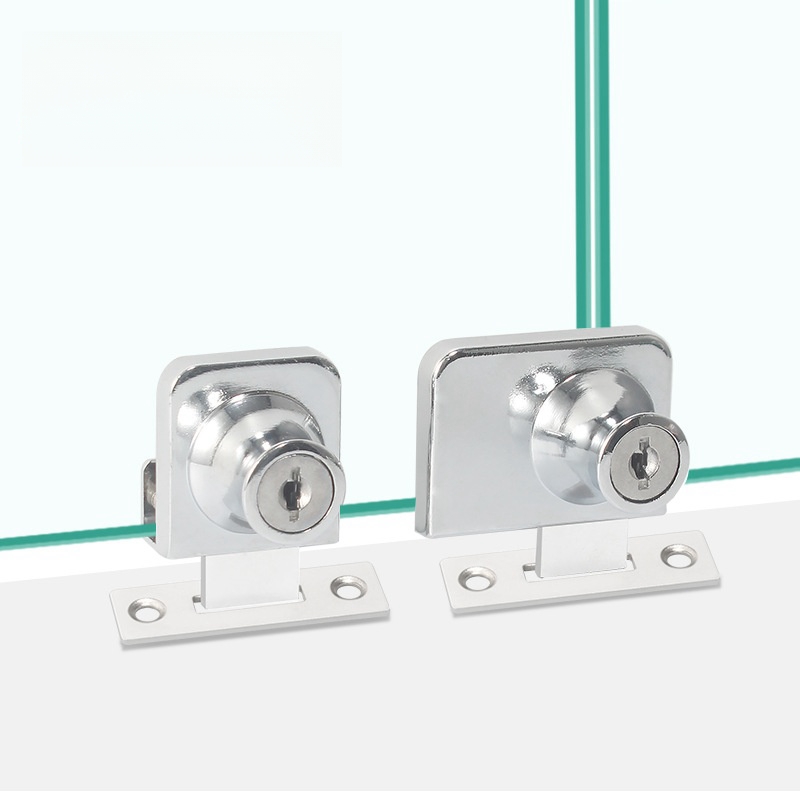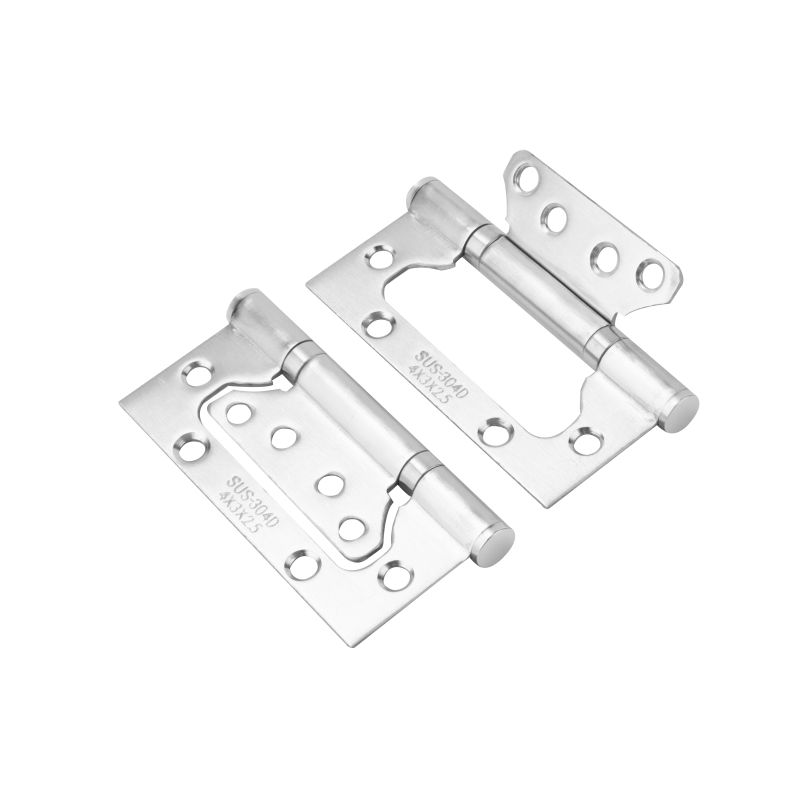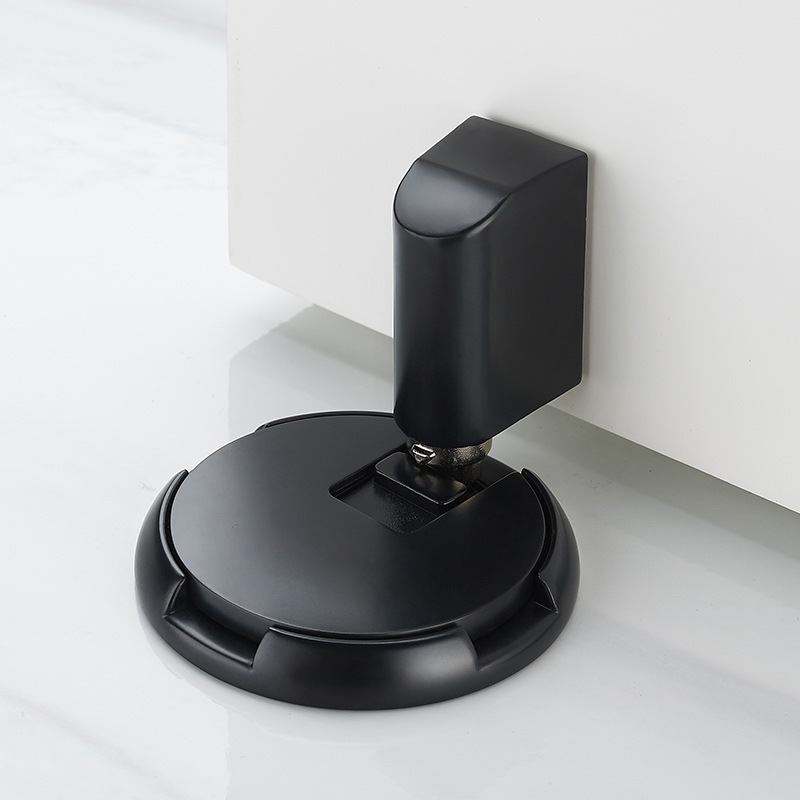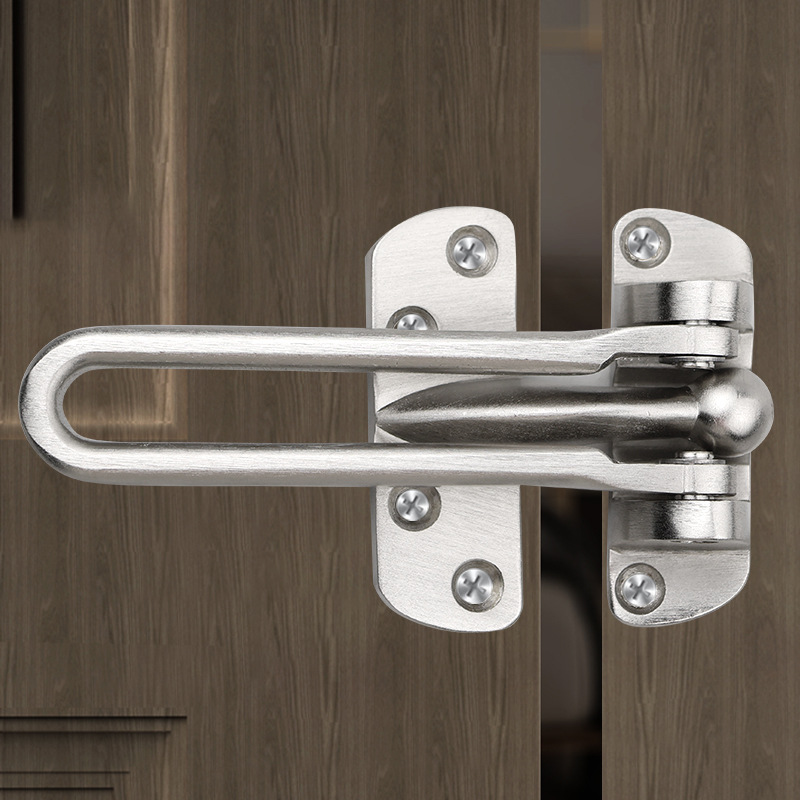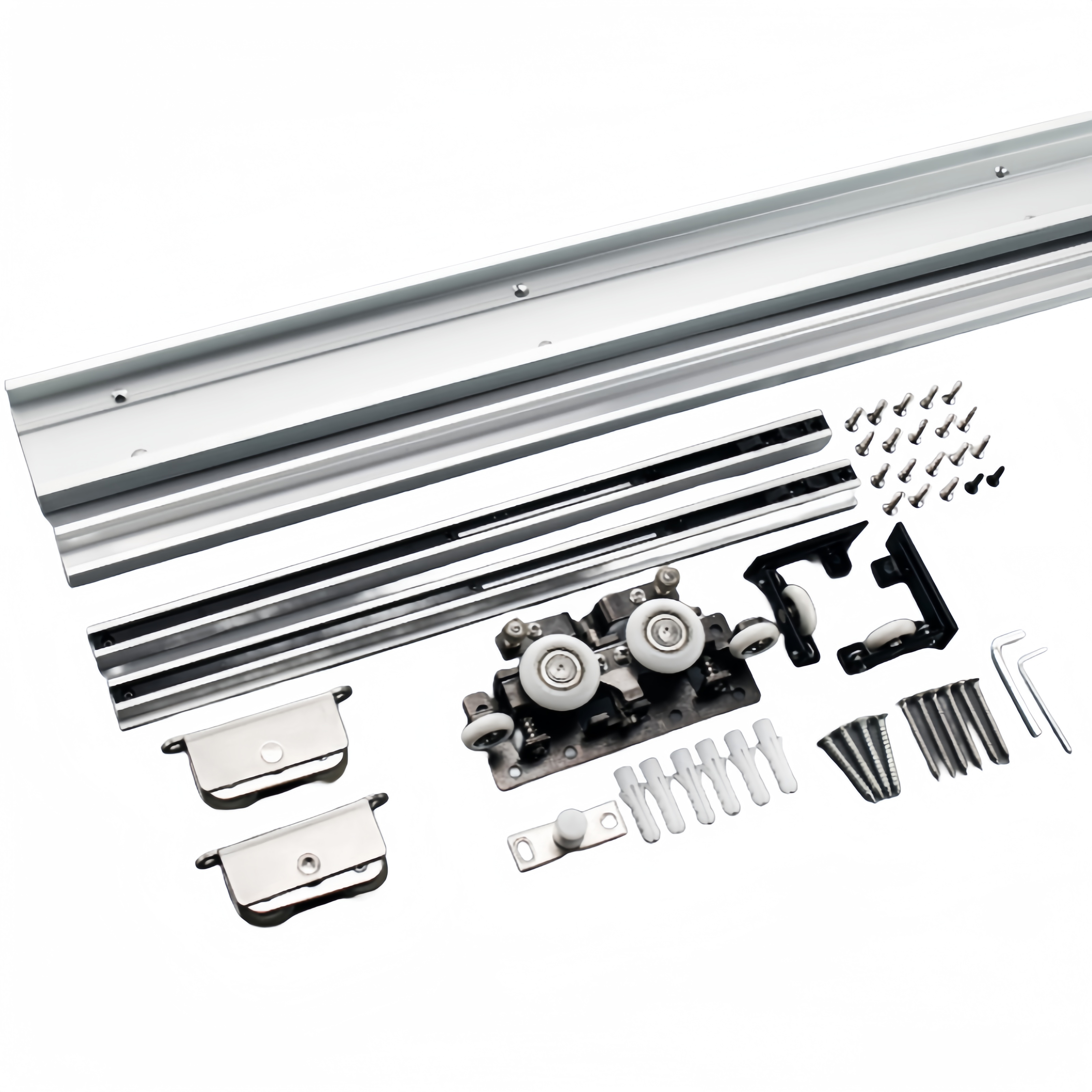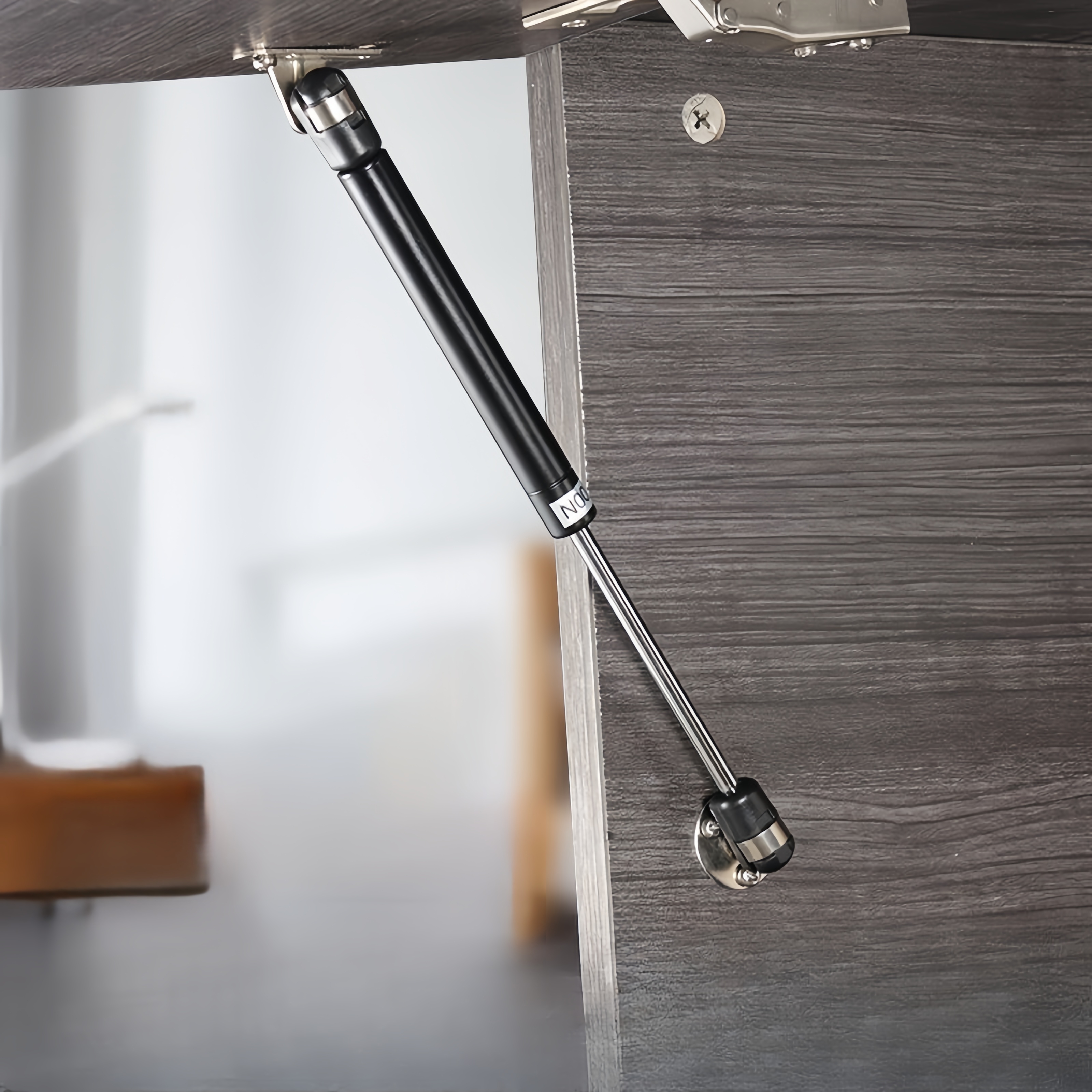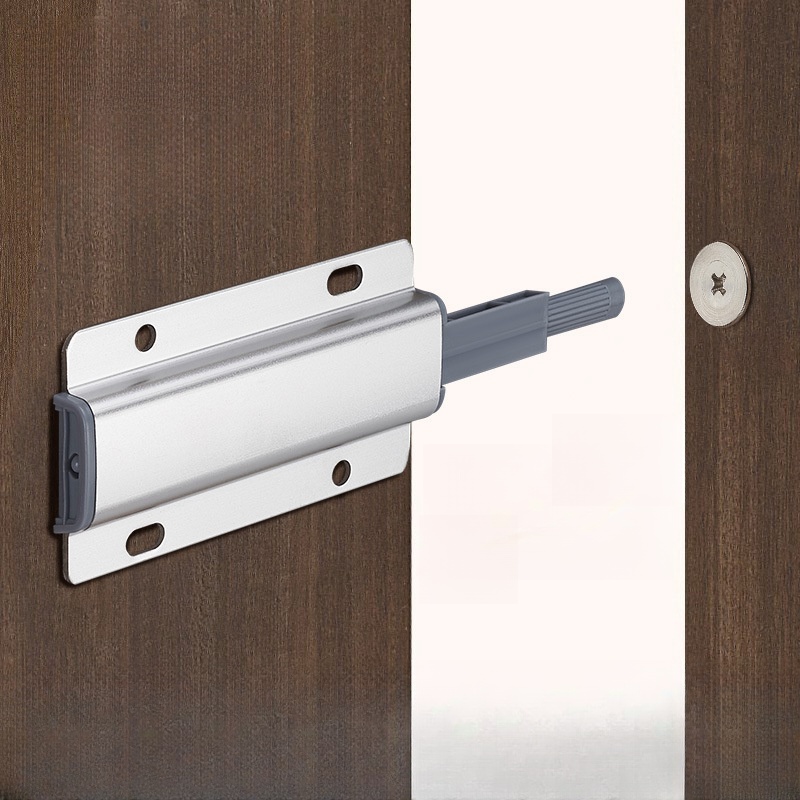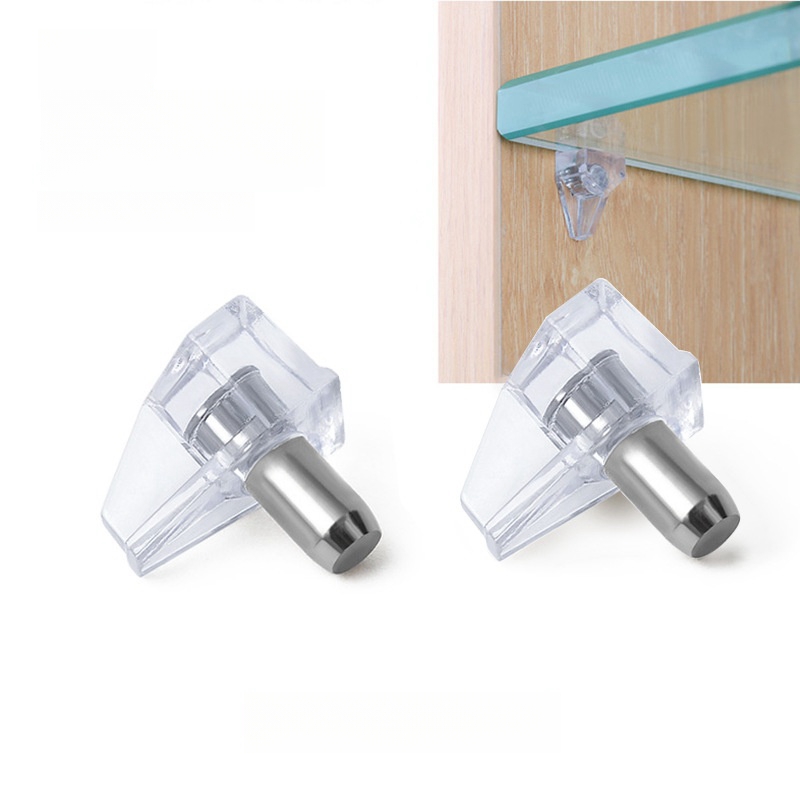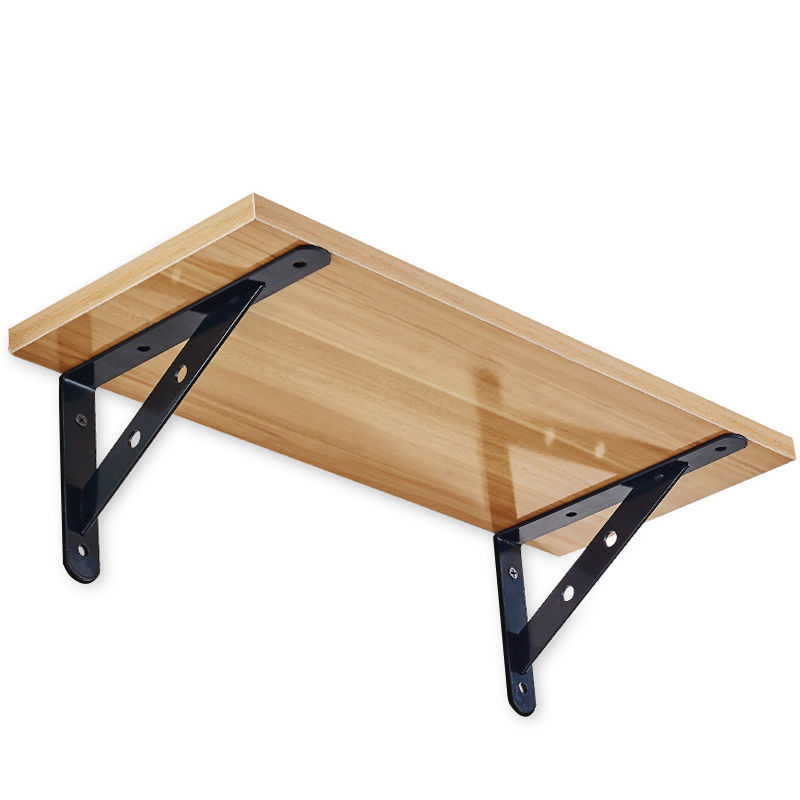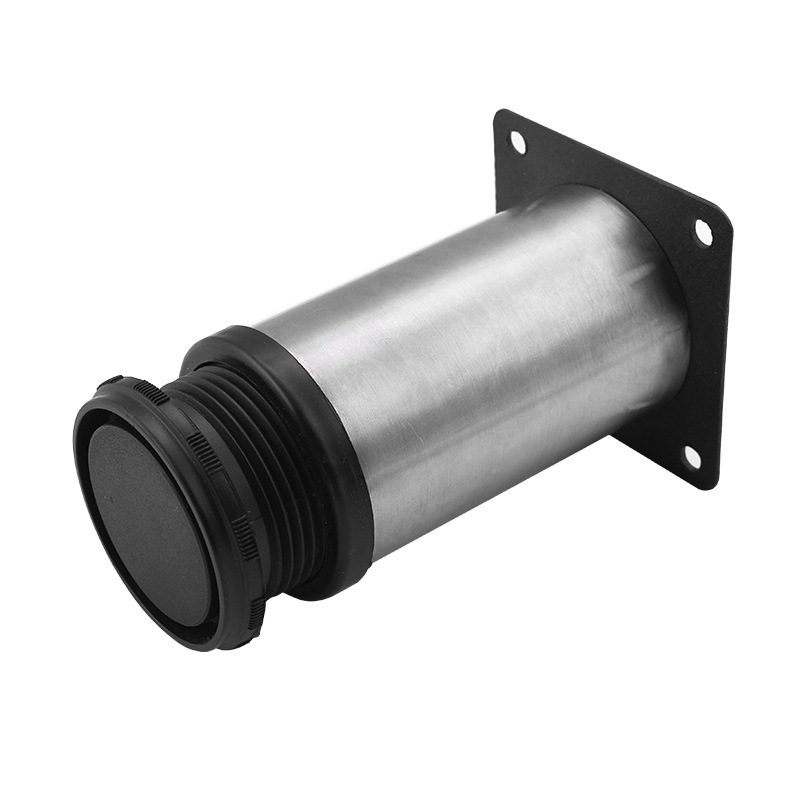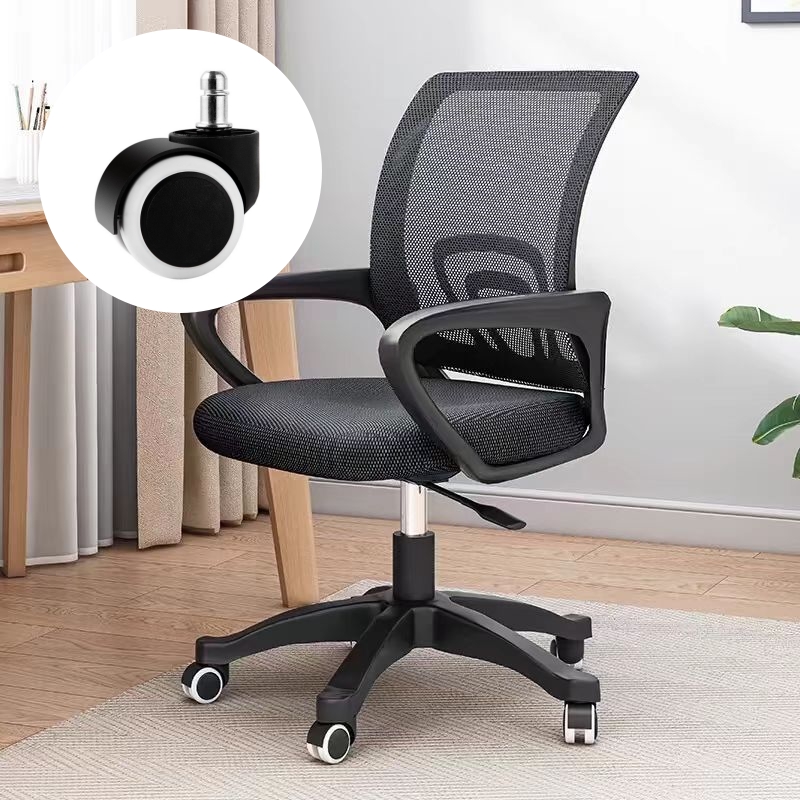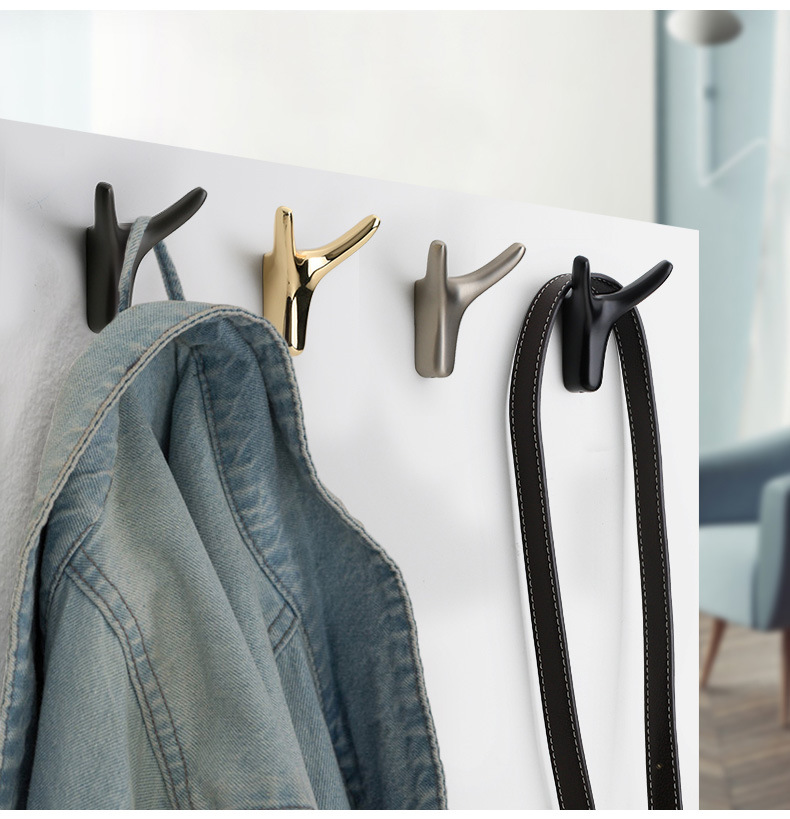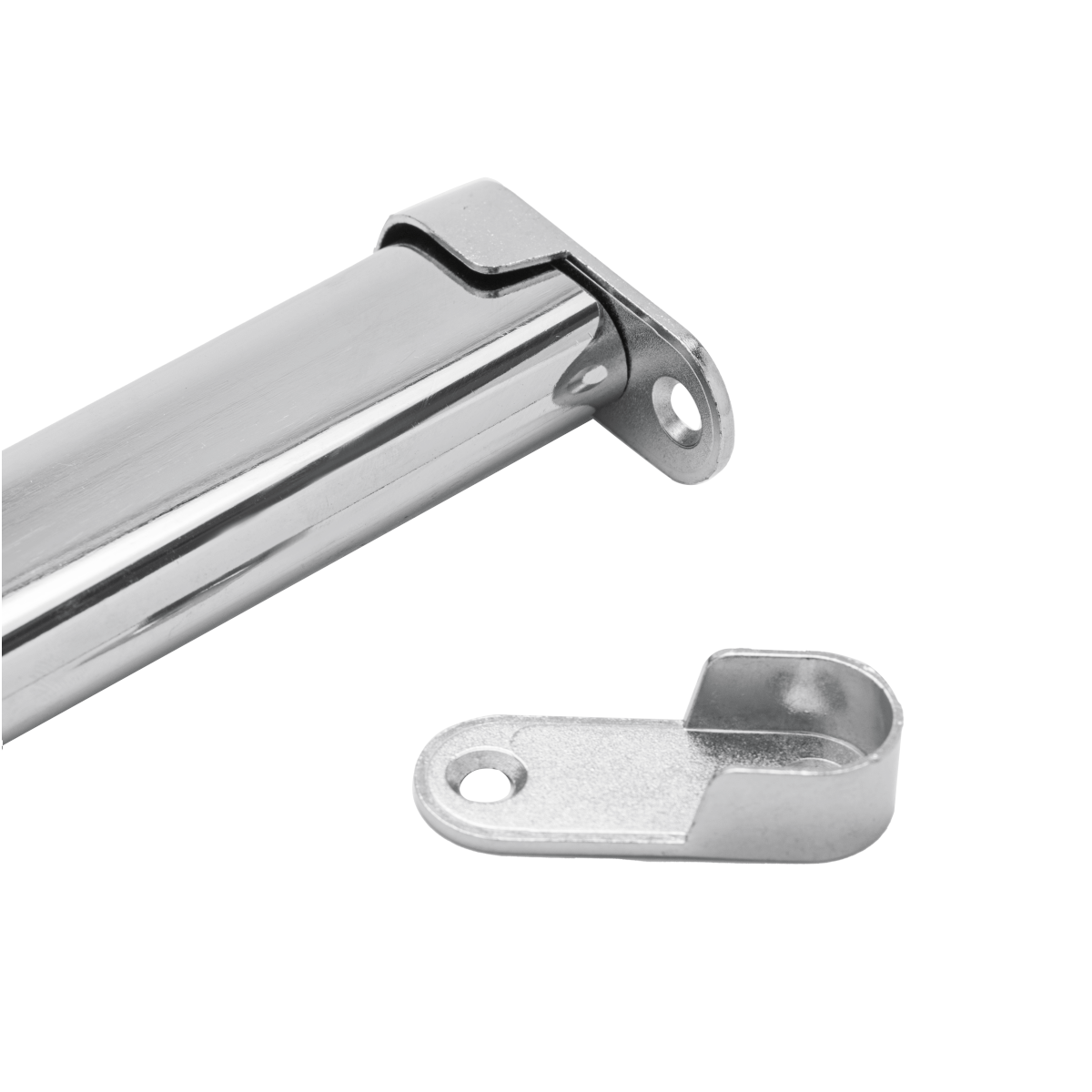
ABOUT
Guangzhou Toplink hardware Co., Ltd specialized in the production and export of furniture hardware fittings, with an experience of more than 14 years.
Our main products are drawer locks, cabinet hinges, sliding rails, cabinet handles, casters, cabinet legs and connecting fittings etc..
With a complete range of products, excellent performance and reasonable prices we have built up business with many customers all over the world.
We are committed to strict quality control and considerate customer service. We sincerely looking forward to becoming your best choice and the most reliable partner!
PRODUCTS
spring loaded latch for top of door
Functionality and Mechanics
The fundamental purpose of a spring-loaded top door latch is to provide a simple and reliable method of securing a door in the closed position. The latch mechanism typically consists of a spring-loaded bolt or tongue that projects from the door frame. When the door is closed, the bolt engages with a corresponding strike plate mounted on the door. The spring provides the force to keep the bolt firmly in place, ensuring the door remains shut. The act of opening the door involves overcoming the spring force to disengage the bolt from the strike plate. This simple mechanism offers a surprising degree of effectiveness, particularly in applications where a more complex locking system isn't necessary.
The spring itself is a key component. It’s carefully designed to provide sufficient holding force without being overly stiff. This balance ensures the latch is secure yet easy to operate. The spring’s tension is often adjustable in some higher-end latches, allowing for customization depending on the weight of the door and the desired level of security. A poorly designed spring can lead to a latch that's either too difficult to open or too easily dislodged. Therefore, the spring's material, its configuration (e.g., coil spring, compression spring), and its precise dimensions are critical for optimal functionality.
The engagement mechanism between the bolt and the strike plate is another important aspect. A well-designed latch ensures a secure and consistent engagement every time the door is closed. The tolerances between the bolt and the strike plate are crucial; too much play, and the latch won't hold securely; too little, and the latch may become difficult to operate. The material of both the bolt and strike plate must be durable and resistant to wear, ensuring long-lasting performance.
Materials and Construction
The materials used in the construction of a spring-loaded latch significantly impact its durability, performance, and longevity. Common materials for the bolt and strike plate include steel, zinc alloy, and brass. Steel offers excellent strength and durability, but it's prone to rust if not properly protected. Zinc alloys are more corrosion-resistant and often provide a cost-effective alternative. Brass offers superior corrosion resistance and a more aesthetically pleasing finish, making it suitable for higher-end applications. The choice of material often depends on the intended application and budget considerations.
The spring itself is typically made of steel wire, chosen for its high elasticity and fatigue resistance. The quality of the spring steel significantly impacts the latch's overall lifespan and reliability. A high-quality spring will maintain its tension over extended use, ensuring consistent performance. The finish of the latch is also important; it not only improves aesthetics but also enhances corrosion resistance and durability. Powder coating, plating (e.g., chrome, nickel), and painting are common methods for enhancing the latch's finish and lifespan.
The overall construction of the latch also plays a role. Well-designed latches feature precise tolerances, ensuring that all components work together seamlessly. The manufacturing process must be precise to guarantee consistent quality and performance. Poorly manufactured latches are more likely to malfunction, leading to frustration and potential security issues.
Applications and Variations
Spring-loaded latches find widespread use in a variety of applications. They are ubiquitous in cabinets, cupboards, and other types of furniture where a simple yet secure closure mechanism is required. Their ease of installation and low cost make them ideal for these applications. They are also found on some exterior doors, particularly in areas where a high level of security isn't strictly necessary. In these instances, they often serve as a secondary locking mechanism in conjunction with a more robust locking system.
Variations in design exist to cater to different needs. Some latches feature adjustable tension, allowing users to customize the holding force. Others incorporate additional features, such as magnetic catches, which provide a quieter and smoother closure. Some latches are designed for specific applications, such as those used on RV doors or boat hatches, which must withstand more rigorous environmental conditions. The diversity in design reflects the versatility and adaptability of this simple yet effective mechanism.
The future of spring-loaded latches likely involves advancements in materials and manufacturing techniques. The use of more durable and corrosion-resistant materials could extend their lifespan even further. Improvements in manufacturing processes could lead to more precise and consistent products, enhancing their reliability and performance. The incorporation of smart technology, such as integrated sensors or electronic controls, could also lead to more advanced and versatile latch designs in the years to come.
SUBSCRIBE
INQUIRY
